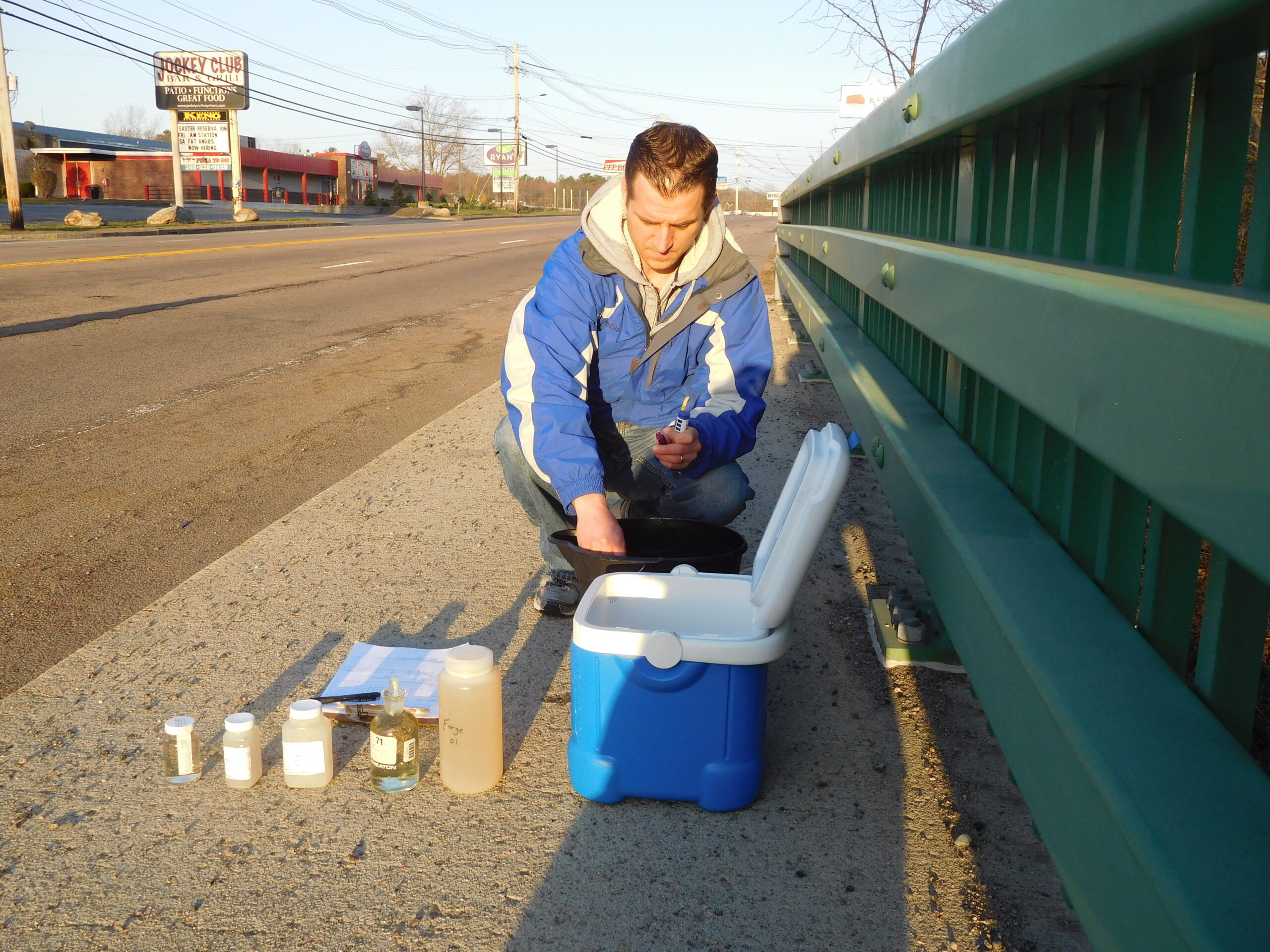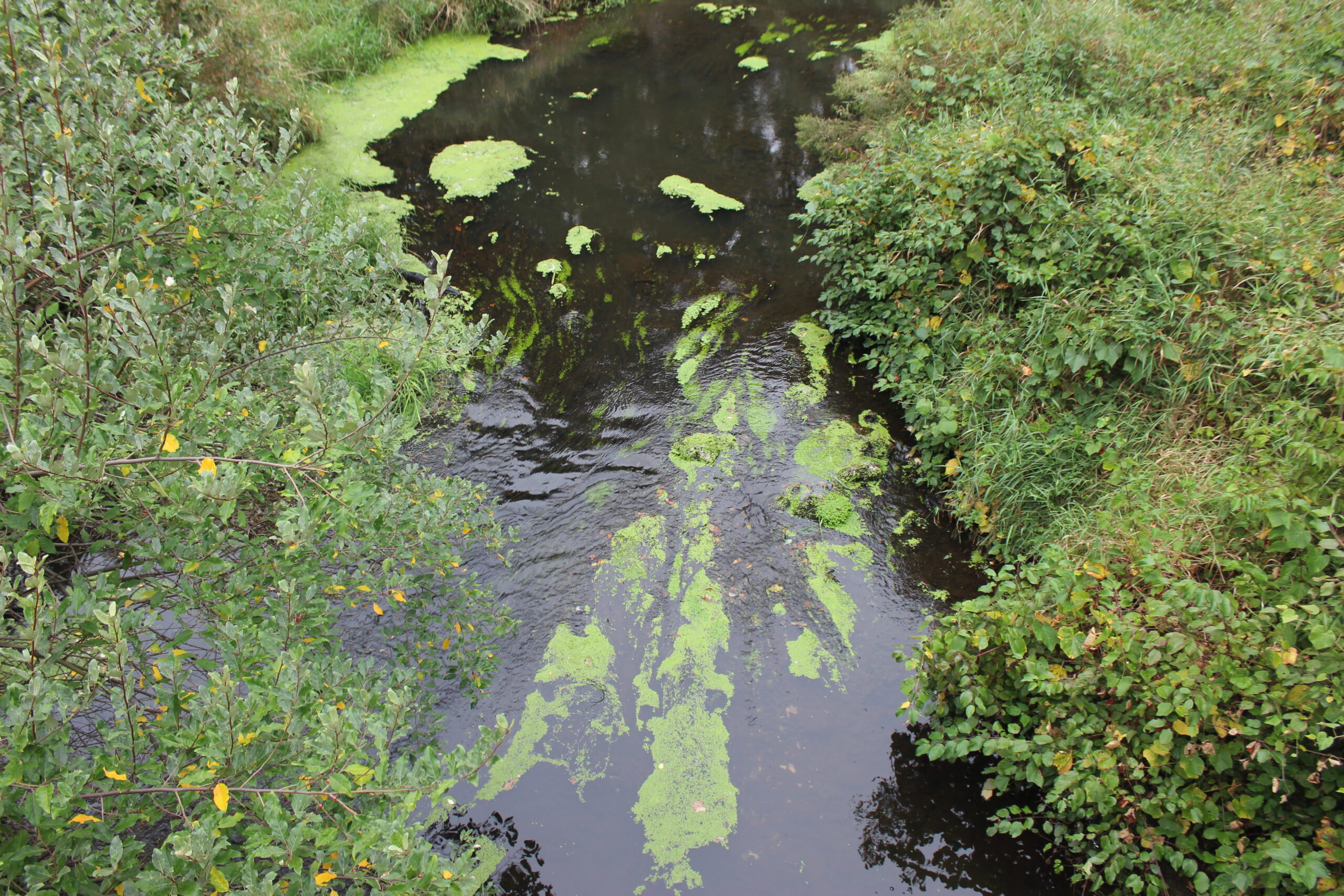TRWA has posted the 2021 sampling results to the website. We want to thank all our sampling volunteers for a very successful monitoring program year after the pandemic shut down for 2020 and the first 4 months of 2021! Our team sampled all 20 sampling sites each month and collected the 2 Quality Assurance (QA) and Duplicate samples along with the QA Blanks each month! We also want to thank our partner Rick McCormack at the Veolia Taunton treatment plant for all his great help getting the program successfully restarted.
As you know river flow was very high each time we sampled resulting in a lot of pollutant dilution. Despite this we saw high nitrogen in the Matfield and Upper Taunton Rivers reflecting the fact that Brockton is not scheduled to begin to remove nitrogen until 4/1/2022. Phosphorus levels were elevated in the Town River below Bridgewater. Unfortunately while Bridgewater is scheduled to remove nitrogen by 5/1/2022 they have until 5/1/2027 to remove phosphorus. The City of Taunton is behind in their nitrogen upgrade schedule. The last we were advised, Taunton was expecting to complete Phase 1 June 2022 and Phase 2 December 2022.
As would be expected during wet weather bacteria levels were elevated but we are also using the Commonwealth’s new more sensitive bacterial indicator (enterococci) which is more sensitive than the indicator used in the past (fecal coliform). As a result of it being new we don’t have much prior year data to compare it to. Two urban rivers the Three Mile and Mill Rivers showed relatively encouraging bacteria results compared to other rivers sampled.
Again we thank our sampling team members so much for their commitment to the environment! We look forward to seeing them at our 2022 sampling refresher training on the last Saturday morning in March 2022 (3/26/2022), the month before we are planning to start the program in 2022. We currently have 19 samplers on our 9 sampling teams. We always need new samplers each year to replace people who move out of the watershed. If you are interested in joining our team, please email our office and come to the March 2022 training session. No training or experience is necessary. It is a great way to get some morning fresh air and help the environment.


